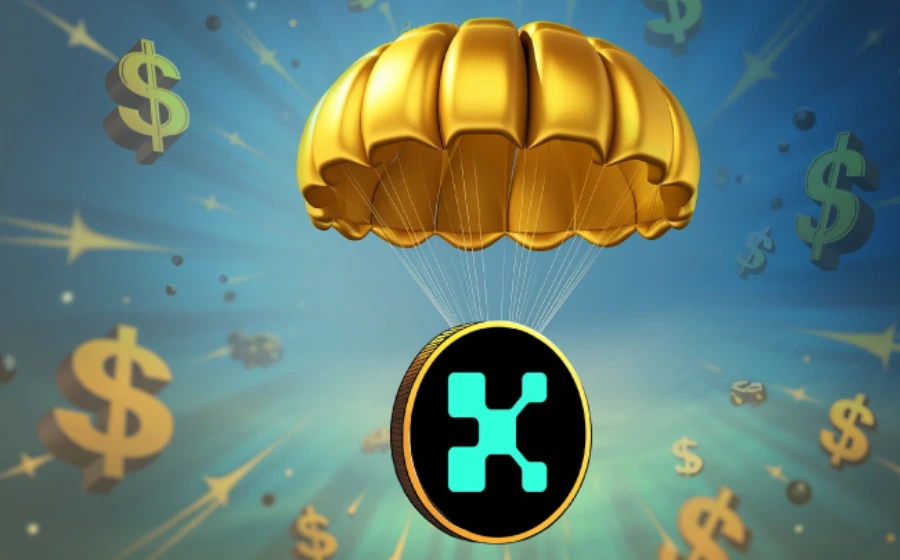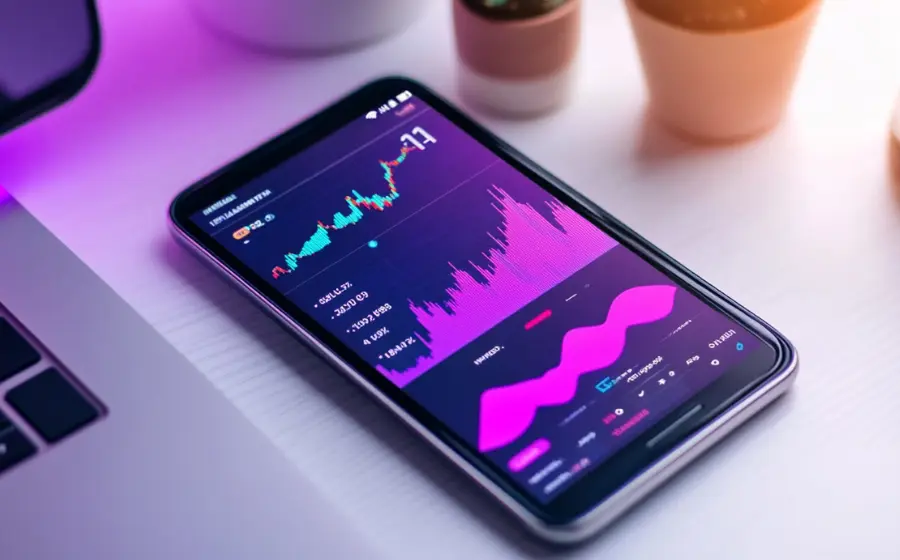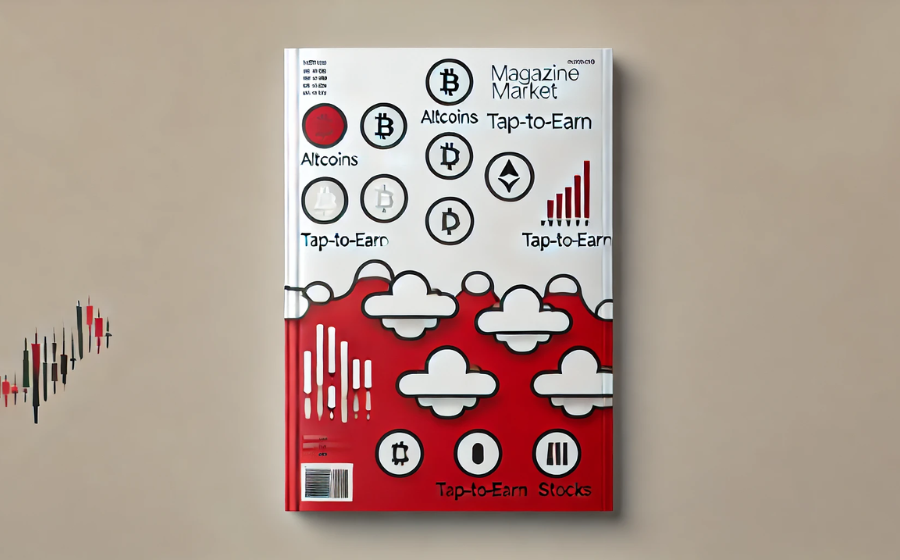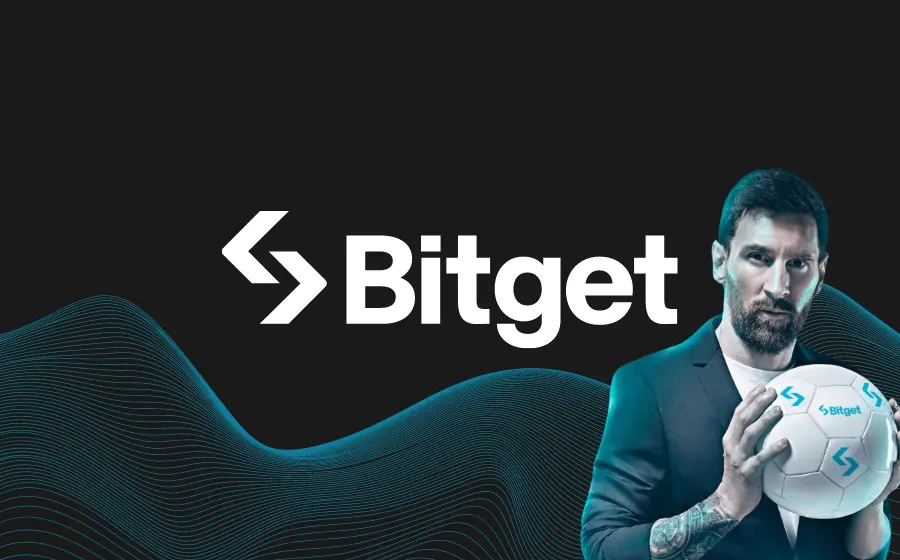
KEYTAKEAWAYS
- Crypto options offer strategic flexibility, allowing traders to profit from both rising and falling markets.
- Key strategies include buying calls and puts for potential gains, and selling options for premium income.
- Understand market volatility and timing to optimize crypto options trading, enhancing potential profits.

CONTENT
The basics of crypto options trading, including strategic benefits, key strategies, and risks. Insights into managing and profiting from this dynamic financial tool.
WHAT IS CRYPTO OPTIONS TRADING?
Crypto options trading is a type of financial contract based on cryptocurrencies. An options contract grants the holder the right, but not the obligation, to buy or sell a cryptocurrency at a predetermined price (strike price) on or before a specified date.
The most common underlying cryptocurrencies in these options are Bitcoin and Ethereum, known as the underlying assets. To acquire this right, investors must pay a premium.
When the holder exercises the right to buy or sell the underlying cryptocurrency, they receive the difference between the strike price (the agreed price at the time of purchase) and the settlement price. The terms of these options are outlined in the contract.
On the expiration date, the buyer of the option can choose whether to exercise the right to buy or sell the underlying asset at the agreed price (without obligation).
Low holding costs are a characteristic of options. For example, purchasing a Bitcoin option by paying a premium grants the buyer the right to trade one Bitcoin without bearing the full cost of buying the asset.
For the buyer, options have the characteristic of “limited risk, unlimited profit,” with the maximum risk being the loss of the premium. The seller of the option, on the other hand, must provide sufficient margin and earns income mainly from the premiums paid by the buyer.
-
Options Are Divided Into Call Options and Put Options
- Call Options:
These give the holder the right (but not the obligation) to buy the underlying asset at a predetermined price on or before the expiration date.
If an investor buys a call option and the market price exceeds the agreed price on the expiration date, the buyer can choose to buy the asset at the agreed price and sell it at the market price to make a profit.
If the asset’s price falls, the buyer can choose not to exercise the option. On trading platforms, options are automatically settled at expiration.
- Put Options:
These give the holder the right (but not the obligation) to sell the underlying asset at a predetermined price on or before the expiration date.
If an investor buys a put option and the market price falls below the agreed price on the expiration date, the buyer can choose to sell the asset at the agreed price to make a profit. If the asset’s price rises, the buyer can choose not to exercise the option.
For buyers, options have the characteristic of “limited risk, unlimited profit,” with the maximum risk being the loss of the premium. The seller, who must provide a margin and fulfill the contract’s obligations, faces the risk of a margin call.
Therefore, there are four trading strategies in options: buying calls, buying puts, selling calls, and selling puts. Typically, individual investors (retail traders) are primarily buyers (buying calls or puts), while sellers are mostly institutional players. However, retail traders can also act as sellers when using certain trading strategies.
-
There Are Also European and American Options
Yes, even options have nationalities. What sets them apart is the timing of exercising the options.
European options mean that after the buyer purchases the option, they must wait until the contract expires to require the seller to fulfill the obligation to sell or buy the underlying asset.
American options allow the buyer, after purchasing the option, to exercise the right at any point before the expiration date.
-
Difference Between Options and Futures
Futures are contracts obligating the buyer and seller to trade a specific quantity of a commodity or financial asset at a predetermined price on a future date (the expiration date).
For example, if a buyer expects the price of wheat to rise, they can sign a contract to buy wheat at a future date at an agreed price. This allows the buyer to control the purchase price of wheat in the future and reduces the risk of not being able to buy wheat. Since the buyer is “obliged” to fulfill the contract and purchase the wheat, the seller can also lock in these sales revenues.
Therefore, the difference between options and futures is that the buyer of an option can choose whether to exercise the right (without obligation).
Options contracts can be used to hedge the risks of holding cryptocurrencies or to speculate on whether cryptocurrency prices will rise or fall. In either case, it is essential to learn how to use the various features of crypto options trading platforms to conduct transactions.
>>> More to Read : Crypto Futures Trading: A Way to Multiply Your Crypto Returns
ADVANTAGES AND RISKS OF CRYPTO OPTIONS TRADING
Crypto options trading offers a range of strategic advantages for investors. These include:
- More Strategic Choices
Cryptocurrency options provide investors with flexibility in trading cryptocurrency price movements and utilizing the time factor. If used correctly, traders can profit from every type of market condition.
- Volatility
Since part of an option’s price is determined by market volatility, traders can easily capitalize on short-term price movements for investment opportunities.
- Liquidity
Cryptocurrency options are often more liquid than the underlying assets, meaning investors can buy or sell options contracts more quickly. This allows them to better exploit market conditions.
- Leverage
Options allow for the use of leverage or borrowed funds in trading. This means you can profit from price changes in the underlying asset without needing to invest the full amount required to purchase the asset outright.
However, traders should also be aware of the downsides of trading cryptocurrency options. For instance, leverage can be a double-edged sword. While it increases your potential profits, it also amplifies your potential losses. Without a proper plan, using leverage in crypto options trading can result in higher risks.
CRYPTO OPTIONS TRADING KEY CONSIDERATIONS
- Start with Lower Investment Costs for Beginners
Options trading is more complex than trading spot or perpetual contracts, requiring consideration of additional factors such as timing, premium, volatility, and time decay. Therefore, beginners should avoid investing too much initially. It’s important to spend time mastering the core aspects and strategies of options trading before committing significant capital.
- Understand Various “Correct” Options Trading Strategies
Due to the leverage effect of options, many beginners mistakenly believe that trading options is simply about buying and waiting for profit or loss. However, options have other features that can be utilized, particularly for risk management.
Many professional investors use options to implement risk control strategies for stable long-term profits. For example, the “Covered Call” strategy involves holding the underlying asset while selling out-of-the-money call options. This can reduce the holding cost of the asset (through premiums received) if the asset price doesn’t exceed the strike price.
However, if the market price rises above the strike price, the potential profit may be reduced. Investors should understand the advantages and disadvantages of each strategy before employing them.
- Pay Attention to Liquidity When Trading
In the cryptocurrency market, spot and perpetual contracts are more commonly used, providing higher liquidity. However, crypto options trading involves different strike prices and expiration dates, sometimes resulting in significant bid-ask spreads.
Monitoring liquidity (such as trading volume and open interest) is crucial. If the desired option has poor liquidity, it’s advisable to wait for a better price or avoid trading that option altogether. Ignoring liquidity can lead to higher costs, significantly impacting the performance of options trading.
By considering these key points, traders can better navigate the complexities of options trading and enhance their chances of success.
>>> Learn More : CRYPTO TRADING STRATEGIES
FAQS
- What are crypto options?
Options are contracts giving the right to buy or sell crypto at a set price by a specific date.
- How do call options work?
Call options give the right to buy crypto at a strike price before the contract expires.
- What are put options?
Put options grant the right to sell crypto at a strike price before the contract expires.
- What’s the difference between American and European options?
European options can only be exercised at expiration; American options anytime before.
- How do options differ from futures?
Options are not obligatory to exercise, unlike futures which require transaction completion.
More articles about the crypto trading:
▶ Buy Crypto at Bitget
CoinRank x Bitget – Sign up & Trade to get $20!

















